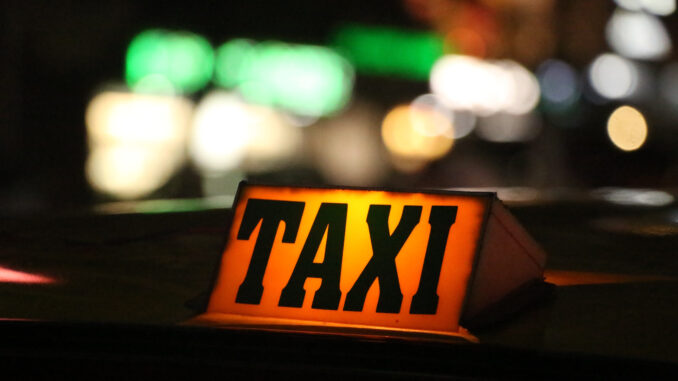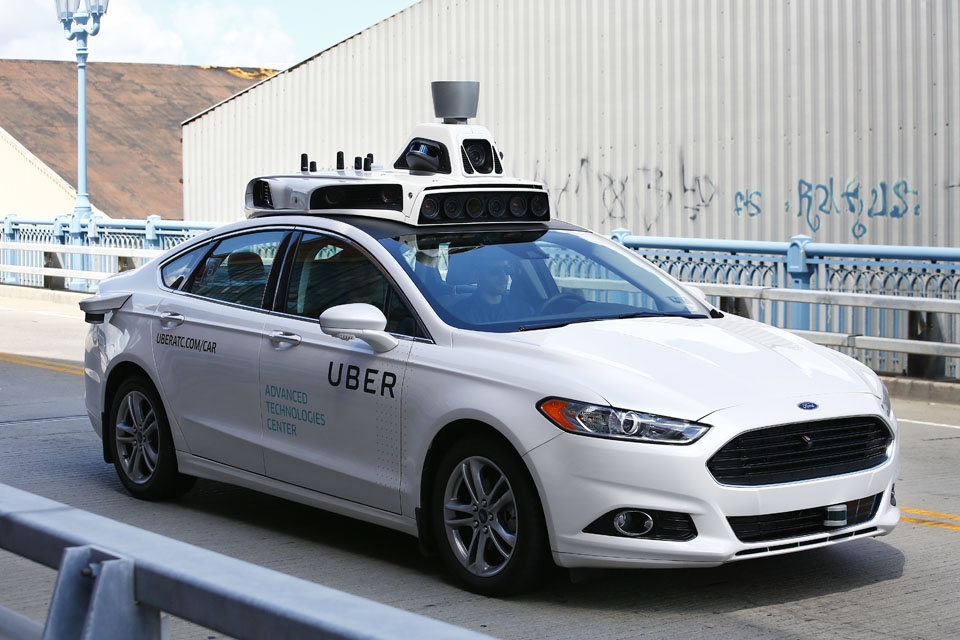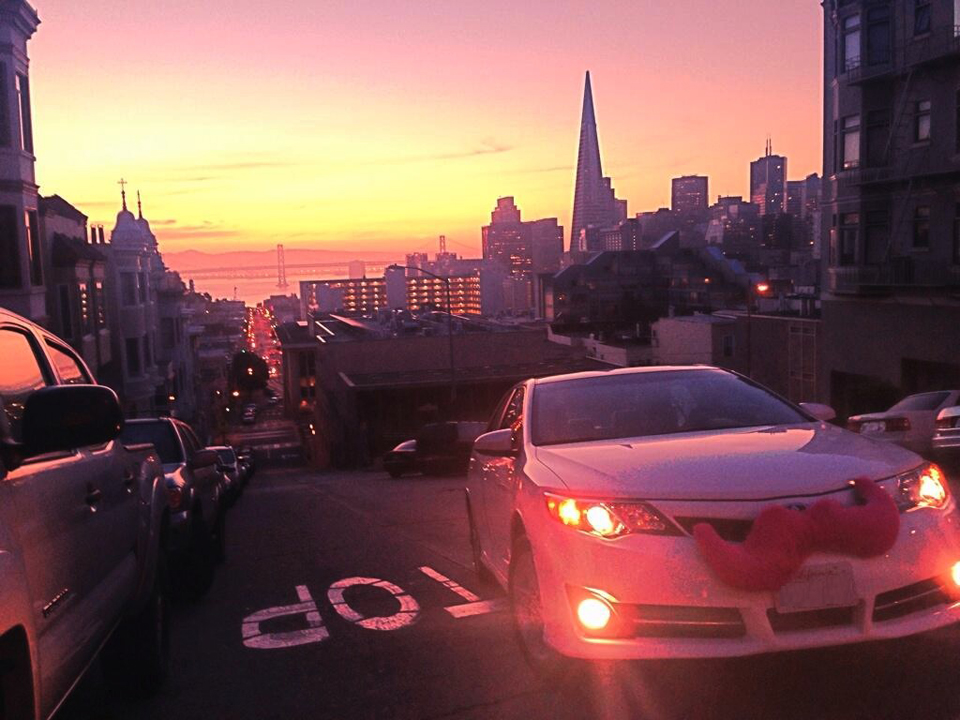
by Mia Lubrani | staff writer
March 31, 2022
Uber, the popular ride service available on mobile phones, is doing the unthinkable: They have officially started partnering with taxi companies in cities across the United States.
Uber and taxi services have been in competition on an unfair playing field since the rideshare app’s inception. With more people owning telephones, they have come accustomed to ordering a ride through one of the popular apps.
Currently, Uber has an annual revenue of over $11 billion, according to The Street. They are also a corporation on the New York Stock Exchange with a market capitalization of $75.5 billion.
Although not quite there yet, Uber is also becoming a monopoly. While monopolies have some advantages, the disadvantages usually outweigh the good. Consumer surplus decreases, incentive to cut prices increases and an overpowered controller usually misuses the unitary system.
Uber still has competitors, but consumers should be cautious of them monopolizing independent transportation.
Uber launched in 2009 in San Francisco, and first arrived in New York in 2011, according to The Street. When Uber began their popularity campaign in New York, they attempted to alienate their taxi counterparts. The taxicab industry also hated the online service because they drove away their normal customers.
On another note, Uber has faced its fair share of controversies in its timeline. The Street records that Uber has had driver lawsuits, sexual harassment charges and “cease and desist” letters. In 2010, San Francisco stalled their service because of improper licensing. In 2013, 35,000 drivers filed a lawsuit claiming their independent contractor status was unfair. Also, the company was hit with assault charges and claims of a sexist environment in 2017.
The most recent battle that Uber faced? Covid-19.
Unemployment and safety concerns have dominated the news and the ride service platform as well. Uber and other ride services, like taxicabs, needed to come back from their pandemic losses. As the pandemic fueled stay at home mandates, Uber was hit with a loss of business.
The U.S. economy is on the rebound from their pandemic losses, but it seems Uber drivers have not come back in the same amount. The New York Times points out that while people are ready to use Uber, drivers are still cautious and not ready to return to their public transportation jobs. Uber does note that their lack of drivers has been easing in recent months.
In an effort to continue their comeback from a global pandemic, Uber is now partnering with taxicab services in the U.S. and other countries to offer uberTAXI as an option. Two taxi companies in New York City, Curb and CMT, are teaming up with Uber to offer their taxis on the app, according to The New York Times. Also, San Francisco companies are close to finalizing their deal with Uber.
Riders will now be able to choose from Uber cars or taxicabs when picking a ride and preferred fare. A taxi and an Uber are very similar experiences, so opening up the competition will even the playing field for the taxicab industry. Riders will pay roughly the same fee as for other options, and surge pricing will be introduced into the taxicab industry. The surge pricing will allow taxicabs to finally benefit from consumer surplus during popular ride times, says The New York Times.
Also, Andrew Macdonald, Uber’s senior vice president, said the company wanted every taxi in the world on its platform by 2025.
This raises concerns about Uber forming a global monopoly of ride services. Monopolies have good qualities and bad qualities that hurt different groups of people.
Economics of Scale argues that with a greater scale of production, the average cost will be lower. Monopolies can encourage people to invest in their business. Governments can even regulate monopolies to benefit from their large scale and regulate fair prices.
On the other hand, monopolies are total control of a service. Economics Help warns that monopolies lead to higher prices for consumers, being the only option to buy from. When a company monopolizes an industry, their incentive to cut costs or innovate their service decreases greatly. They have the ability to lower wages and reduce consumer surplus simply because they have the power to.
Monopolies are usually negative, especially in America. When businesses get too big and powerful, they end up treating their workers and consumers poorly in wages and prices. Capitalism promotes a small group of people controlling the majority of profit.
Right now, Uber does not have total control. Uber is a commodity or specialty product. They are not a monopoly yet. Lyft is still a popular option. Transportation also has many options like walking, biking, scootering, taking the bus, subways and multitudes of others.
An Uber monopoly is something to be cautious of. Uber partnering with taxicabs and high aspirations of global taxi control are steps in the direction of controlling the transportation industry.
It is great to see businesses attempting to modernize and bounce back from a lengthy pandemic, but consumers should be cautious of companies having too much power.




